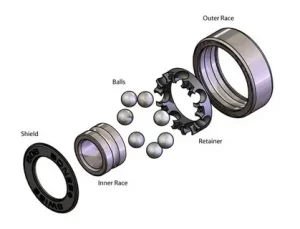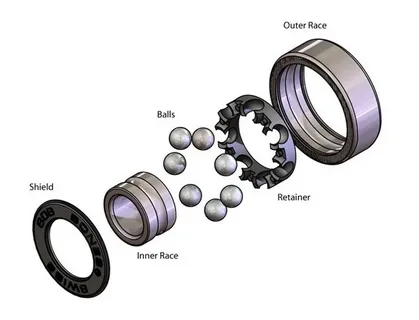Introduction
Upgrading your staircase with red oak stair treads not only enhances your home’s aesthetic but also adds long-lasting durability. Whether you’re a seasoned DIYer or hiring a contractor, knowing the installation process can help you avoid mistakes and ensure a smooth, professional finish. In this guide, we’ll walk you through everything you need—from the tools required to common pitfalls to avoid—so you can install red oak stair treads with confidence.
Tools & Materials You’ll Need
Before starting the installation, gather the following:
- Red oak stair treads (pre-finished or unfinished)
- Construction adhesive (e.g., Liquid Nails or polyurethane-based adhesive)
- Wood glue
- Finish nails or a brad nailer
- Nail set or nail gun
- Clamps
- Measuring tape
- Carpenter’s square
- Circular saw or miter saw
- Level
- Pry bar (for removing old treads)
- Safety gear (gloves, goggles, dust mask)
Step-by-Step Installation Guide
Step 1: Remove Old Treads and Risers
Use a pry bar and hammer to carefully remove old stair treads and risers if you’re replacing them. Clean the substructure thoroughly, removing any debris, old nails, or glue.
Tip: Check for loose stringers or damage. Repair any structural issues before continuing.
Step 2: Measure and Cut the Red Oak Stair Treads
Measure the width and depth of each stair opening. Red oak stair treads typically come in standard sizes, but each step may slightly vary in dimensions.
- Use a miter saw or circular saw to trim treads to size.
- Test fit each piece before gluing or nailing.
Step 3: Dry Fit Each Tread
Dry fitting ensures the tread fits snugly in the stair opening. Double-check your measurements and adjust cuts as needed before applying adhesive.
Pitfall to Avoid: Skipping this step can lead to visible gaps or uneven alignment once treads are permanently secured.
Step 4: Apply Adhesive and Set the Tread
Apply a generous amount of construction adhesive to the top of the stringers or sub-tread using a caulking gun.
- Place the red oak stair tread onto the adhesive bed.
- Press down firmly and ensure it’s level.
Step 5: Nail or Clamp the Tread in Place
Secure the tread with finish nails, using a nail set to sink the heads slightly below the surface. Alternatively, use clamps if you prefer not to use nails.
- Let the adhesive cure for the recommended amount of time.
Step 6: Repeat the Process for Each Step
Work your way up the staircase, repeating the same steps for each tread. If you’re also installing risers, do so between each tread installation.
Pro Tip: Always start from the bottom and work upwards to maintain access to the stairs.
Step 7: Fill Nail Holes and Finish (if unfinished)
If using unfinished red oak stair treads:
- Fill nail holes with wood filler that matches the stain.
- Sand, stain, and seal the treads as desired.
- Apply a clear polyurethane finish for durability.
Common Pitfalls to Avoid
- Skipping dry fitting: Can result in gaps and misalignment.
- Incorrect adhesive: Use only high-quality construction adhesive rated for wood-to-wood bonding.
- Ignoring acclimation: Let your red oak stair treads acclimate to your home’s humidity for 48 hours to prevent warping later.
- Uneven cuts: Double-check each measurement before cutting. Use a carpenter’s square for accuracy.
Conclusion
Installing red oak stair treads can be a rewarding project that adds value and visual appeal to your home. With the right tools, preparation, and attention to detail, you can achieve professional-grade results and enjoy beautiful, sturdy stairs for years to come.






